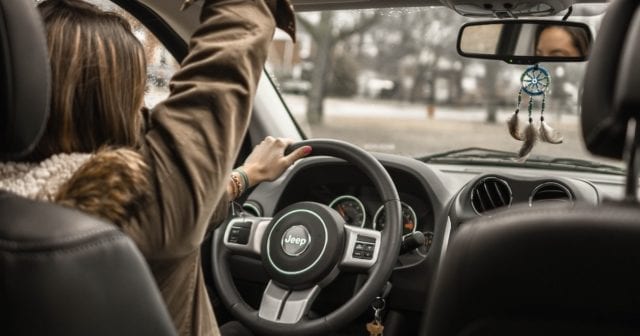Knowing your child is old enough to drive is both a life-changing moment and, for many parents, a terrifying idea. How is it possible that your baby is capable of driving a vehicle – weren’t they just learning to walk? And how do you keep them safe, knowing all the dangers out on the road?
The reality is that while teen driving is a right of passage, it’s also filled with problems, especially because teens are prone to risky behavior. Here’s what you need to know and do to keep your teen driver safe out on the road.
Understanding the Risks
Auto accidents are the leading cause of death in teenagers. Every day, six teens are killed in an auto accident. Part of this is due to their age. And while both boys and girls can get into accidents, boys are more prone to dangerous accidents, especially when their friends are in the car with them. Driving at night poses a greater danger, with teens being three times more likely to get into an accident than an adult driving at night.
Keep Your Teens Safe
The first way to avoid risky driving behavior in your teens is to model good driving behavior for them. Kids watch what we do as parents, and they will copy what they see. If you’re texting while driving, speeding, or worse, driving under the influence, they are more likely to copy that behavior.
Beyond that there are other things you can do to help your teen drive safely.
Create a Family Agreement
Research shows that a family agreement and driving rules can keep your teen driver from engaging in risky behavior. Once rules are established, 90 percent wear their seatbelt, 94 percent don’t drink and drive, and 91 percent don’t text and drive.
Common driving rules include:
- Always wear a seatbelt
- Only drive with a limited number of passengers — one or two
- Follow the speed limit and obey all traffic laws
- Only drive after dark with supervision — until they’ve had a certain amount of practice
- Speak up if another driver is unsafe
- Never text and drive — don’t use your phone at all while driving
- Never drink and drive
You’ll also need to establish consequences if the rules are broken. You can also choose to change limits as your teen driver gets more supervised driving experience. As they learn how to handle themselves on the road and prove they can drive safely, you can decide which limits to relax.
Keep Practicing
Driving practice makes a big difference in how your teen drives. More than 75 percent of teens say that practicing with their parents was the most helpful part of learning to drive. Teens need at least 50 hours of supervised driving experience in different conditions but more is always better. As your teen gets more practice, they’ll be able to handle more of the unexpected things that happen on the road.
After the rules are set and you’ve practiced, the next step is to add your teen to your insurance policy. If they are in an accident, medical expenses and replacing your vehicle shouldn’t be something you need to worry about. With the right auto insurance coverage, you won’t have to. Contact Charlotte Insurance today.

